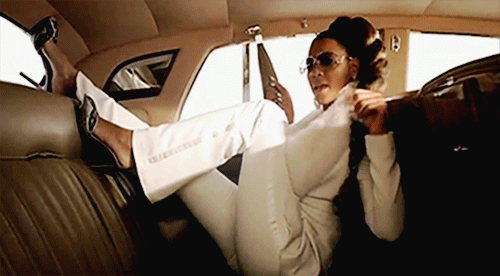The perfecting of autonomous cars would do many good things (fight pollution, reduce highway deaths) and some bad (threaten job security for millions, be a scary target for hackers). Like most technologies, the size of the victories will be determined by how we manage the losses.
One thing that almost assuredly happens during a robocar age will be a decrease in traffic, due in large part to the end of the maddening search for parking spots.
From Peter Wayner at the Atlantic:
There’s plenty of research showing that a surprisingly large number of people are driving, trying to find a place to leave their car. A group called Transportation Alternatives studied the flow of cars around one Brooklyn neighborhood, Park Slope, and found that 64 percent of the local cars were searching for a place to park. It’s not just the inner core of cities either. Many cars in suburban downtowns and shopping-mall parking lots do the same thing.
Robot cars could change all that. The unsticking of the urban roads is one of the side effects of autonomous cars that will, in turn, change the landscape of cities— essentially eliminating one of the enduring symbols of urban life, the traffic jam full of honking cars and fuming passengers. It will also redefine how we use land in the city, unleashing trillions of dollars of real estate to be used for more than storing cars. Autonomous cars are poised to save us uncountable hours of time, not just by letting us sleep as the car drives, but by unblocking the roads so they flow faster.•
Tags: Peter Wayner

